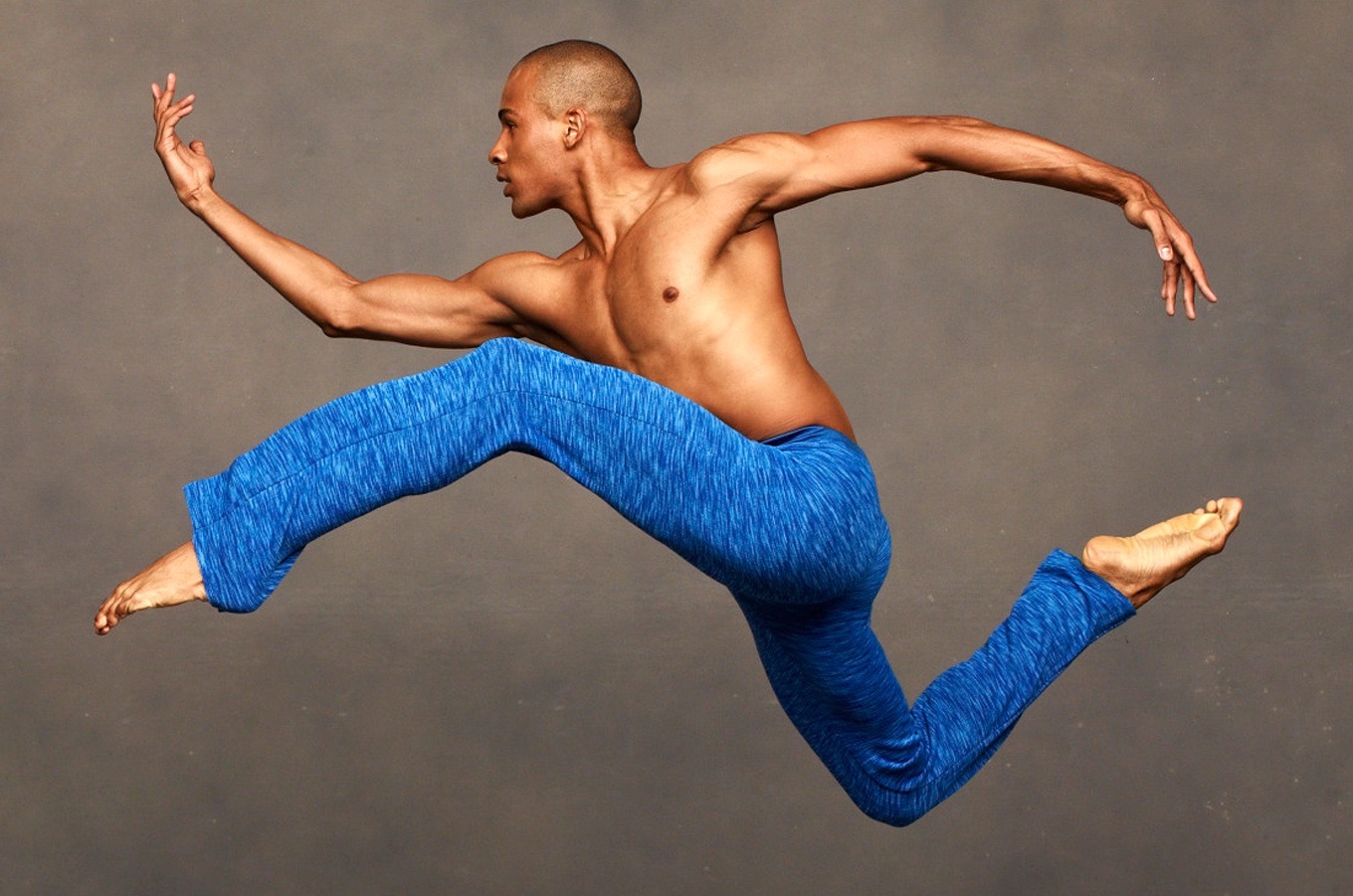Repertory
Now in his third season as Artistic Director of Alvin Ailey American Dance Theater, Robert Battle has been applauded for broadening the Ailey repertoire with works by both established and up-and-coming choreographers.
The Ailey dancers are being challenged like never before. With each new choreographer, the Company must adapt not only to different movement styles, but also to each choreographer’s unique process and personality.
This winter, the outcome of one choreographer’s distinctive process was revealed onstage during Ailey’s 2013 New York City Center season. In-demand Canadian choreographer Aszure Barton, deemed “audacious” by The New York Times, presented the world premiere of LIFT, inspired by her process working with the Ailey dancers and set to a new score by musical collaborator Curtis Macdonald. The Ailey Blog spoke to dancer Daniel Harder during the rehearsal process about Barton’s unusual choreographic methods, and how he rose to the challenge.
Reprogramming the Approach
“I’ve always had a cerebral-like process when it comes to learning choreography, but what is difficult is learning the choreographer’s style and aesthetic,” says Daniel. “I’ve never worked with Aszure before, but her process is very challenging for us. There’s a lot of repetition, which of course we’re used to, but there are also a lot of changes. We’re constantly reprogramming our approach to the movement.”
The Ailey dancers are usually given three weeks to work with a choreographer on a new work, but the Company spent five weeks developing LIFT. With this additional amount of time, Harder and his colleagues were able to engross themselves in Barton’s movement style, vision, and voice.
“A lot of the time, we’re forced to produce very quickly since the turn-around time from rehearsal to stage is so short, so for Aszure to have five weeks, it’s great for us. We can really have a connection with her and try to understand and throw ourselves into her aesthetic.”
An aesthetic, Daniel explains, that was not an easy one to harness –even as an acclaimed Ailey dancer.
“Walking into the first day of rehearsal, she gave us all notebooks and a rhythm. She suggested we write the rhythm down whichever way we would remember it best. On that first day alone, we probably spent close to two hours just going over the standard rhythm. But then she would add on different layers to it, separate it, and combine it, which became very challenging and very complicated, very quickly.”
Mind Games
Barton continued to throw new challenges into those rhythms and steps, challenges which Daniel believed are very exciting for audiences—and a mind game for him.
“I’ve never been one to write down steps or notate rhythms. I would say that I rely on muscle memory, because there’s that moment where, hopefully, your mind and body sync up. But with Aszure’s piece, who knows,” Daniel laughs. "I have to stay focused and continue counting."
Dancer Daniel Harder's rhythm notes for Aszure Barton's LIFT.
Staying Alert
No matter what it takes to master choreography as intricate and process-oriented as Barton’s, Daniel shares his two biggest tips for young dancers: Keep your eyes and ears open.
“Aszure doesn’t always have the most authoritative voice, so she might give a note to one dancer, but it applies to everyone. If you don’t hear the correction, then staying focused and keeping your eyes open will allow you to see the change. That way, you can go back and process it for yourself.”


Members of the Company in Aszure Barton's LIFT. Photos by Paul Kolnik
Interview conducted by Lucie Fernandez.
